Ethanol
Synonym(s):Ethanol;Ethyl alcohol;SDA;absolute alcohol;Ethanol solution
- CAS NO.:64-17-5
- Empirical Formula: C2H6O
- Molecular Weight: 46.07
- MDL number: MFCD00003568
- EINECS: 200-578-6
- SAFETY DATA SHEET (SDS)
- Update Date: 2024-05-28 19:59:05

What is Ethanol?
Description
Ethyl alcohol, also called ethanol, absolute alcohol, or grain alcohol, is a clear, colorless, flammable liquid with a pleasant odor. It is associated primarily with alcoholic beverages, but it has numerous uses in the chemical industry. The word alcohol is derived from the Arabic word al kuhul, which was a fine powder of the element antimony used as a cosmetic. In Medieval times, the word al kuhul came to be associated with the distilled products known as alcohols. The hydroxyl group, -OH, bonded to a carbon, characterizes alcohols. Ethyl is derived from the root of the two-carbon hydrocarbon ethane.
Chemical Properties
Ethanol is a clear, colourless liquid with a characteristic pleasant odour and burning taste. It is highly flammable. Ethanol rapidly absorbs water from the air. It mixes readily with most organic liquids.
The Uses of Ethanol
alcohol (alcohol SD-40; alcohol SDA-40; ethanol; ethyl alcohol) is widely used in the cosmetic industry as an antiseptic as well as a solvent given its strong grease-dissolving abilities. It is often used in a variety of concentrations in skin toners for acne skin, aftershave lotions, perfumes, suntan lotions, and toilet waters. Alcohol dries the skin when used in high concentrations. It is manufactured through the fermentation of starch, sugar, and other carbohydrates.
Background
A clear, colorless liquid rapidly absorbed from the gastrointestinal tract and distributed throughout the body. It has bactericidal activity and is used often as a topical disinfectant. It is widely used as a solvent and preservative in pharmaceutical preparations as well as serving as the primary ingredient in alcoholic beverages.
Indications
For therapeutic neurolysis of nerves or ganglia for the relief of intractable chronic pain in such conditions as inoperable cancer and trigeminal neuralgia (tic douloureux), in patients for whom neurosurgical procedures are contraindicated.
Toxicity
Oral, rat LD50: 5628 mg/kg. Symptoms and effects of overdose include nausea, vomiting, CNS depression, acute respiratory failure or death and with chronic use, severe health problems, such as liver and brain damage.
Pharmacokinetics
Alcohol produces injury to cells by dehydration and precipitation of the cytoplasm or protoplasm. This accounts for its bacteriocidal and antifungal action. When alcohol is injected in close proximity to nerve tissues, it produces neuritis and nerve degeneration (neurolysis). Ninety to 98% of ethanol that enters the body is completely oxidized. Ethanol is also used as a cosolvent to dissolve many insoluble drugs and to serve as a mild sedative in some medicinal formulations. Ethanol also binds to GABA, glycine, NMDA receptors and modulates their effects. Ethanol is also metabolised by the hepatic enzyme alcohol dehydrogenase.
Absorption
Rapidly absorbed.
Metabolism
Hepatic. Metabolized by cytochrome P450 enzyme CYP2E1.
Properties of Ethanol
| Melting point: | -114°C |
| Boiling point: | 78°C |
| Density | 0.789 g/mL at 20 °C |
| Flash point: | 12°C |
| storage temp. | room temp |
| solubility | water: soluble (completely) |
| appearance | Colorless liquid |
| form | Liquid. Colorless liquid / invisible vapor. |
| color | APHA: ≤10 |
| Odor | Pleasant alcoholic odor detectable at 49 to 716 ppm (mean = 180 ppm) |
| Water Solubility | miscible |
| Sensitive | Hygroscopic |
Safety information for Ethanol
| Signal word | Danger |
| Pictogram(s) |
 Flame Flammables GHS02  Exclamation Mark Irritant GHS07  Health Hazard GHS08 |
| GHS Hazard Statements |
H225:Flammable liquids H319:Serious eye damage/eye irritation H371:Specific target organ toxicity, single exposure |
| Precautionary Statement Codes |
P210:Keep away from heat/sparks/open flames/hot surfaces. — No smoking. P233:Keep container tightly closed. P240:Ground/bond container and receiving equipment. P241:Use explosion-proof electrical/ventilating/lighting/…/equipment. P305+P351+P338:IF IN EYES: Rinse cautiously with water for several minutes. Remove contact lenses, if present and easy to do. Continuerinsing. |
Computed Descriptors for Ethanol
Abamectin manufacturer
UNILOSA INTERNATINAL PRIVATE LIMITED
Aero Agro Chemicals Industries Ltd
New Products
3-N-BOC-(S)-AMINO BUTYRONITRILE 4-Piperidinopiperidine N-Benzyl-3-hydroxypiperidine 2-Methyl-4-nitrobenzoic acid 2-(4-bromophenyl)-2-methylpropanoic acid 4-Acetyl-2-methylbenzoicacid Acetyl-meldrum's acid Ethyl-4-Pyrazole carboxylate 2,6-Pyridinedimethanol 5,7-Dichloro-3H-Imidazo[4,5-B]Pyridine 5-Bromo-2-Methoxy-4-Methyl-3-Nitropyridine 2-Fluoro-5-Iodopyridine 2-Fluoro-5-Methylpyridine 2-Chloro-3-Bromo-5-Amiopyridine METHYL-4-(BUTYRYLAMINO)3-METHYL-5-NITROBENZOATE TRANS-CYCLOBUTANE-1,2- DICARBOXYLIC ACID 5-Nitro indazole R-(-)-5-(2-AMINO-PROPYL)-2-METHOXY-BENZENESULFONAMIDE 1,3-cyclohexanedione 4-Aminophenaethylalchol (S)-(+)-4-BENZYL-2-OXAZOLIDINONE 3-NITRO-5-ACETYL IMINODIBENZYL 4-FLUORO PHENYL MAGNESIUM BROMIDE 1.0 M IN THF 1-HYDROXY-4-METHYL6-(2,4,4-TRI METHYL PHENYL)-2-PYRIDONE MONO ETHANOL AMINE(PIROCTONE OLAMINE)Related products of tetrahydrofuran








You may like
-
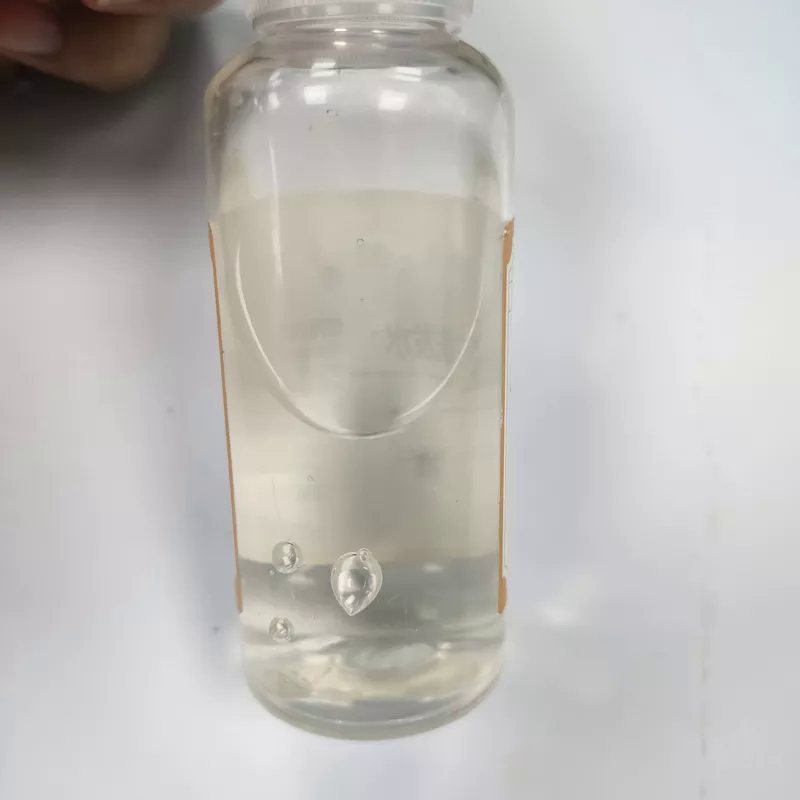 64-17-5 SOLVENT E 99%View Details
64-17-5 SOLVENT E 99%View Details
64-17-5 -
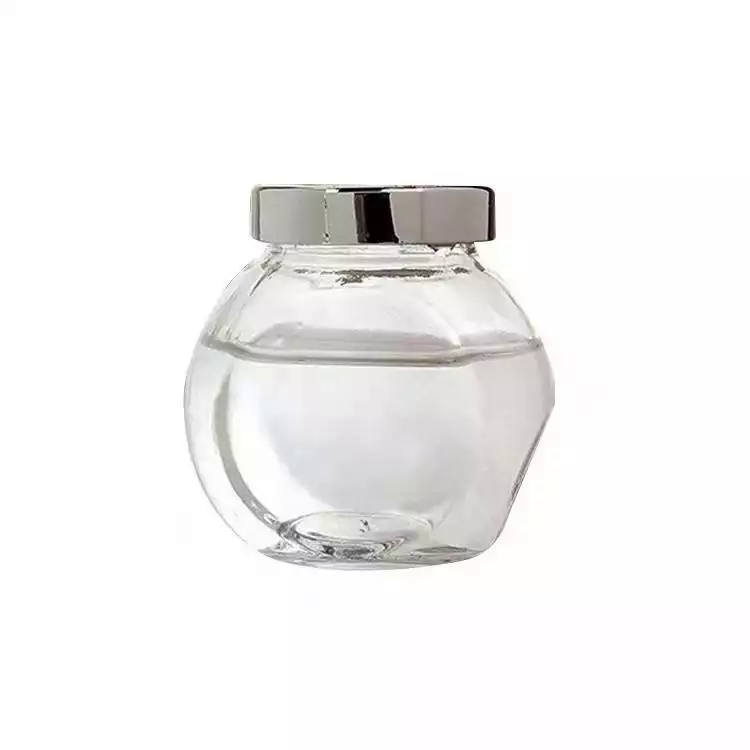 64-17-5 99%View Details
64-17-5 99%View Details
64-17-5 -
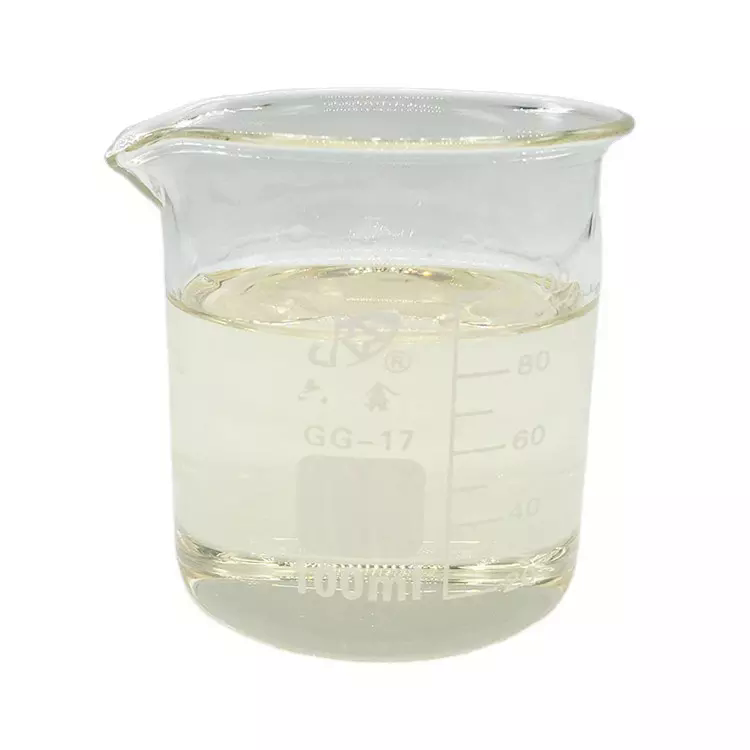 Ethyl Alcohol 99%View Details
Ethyl Alcohol 99%View Details
64-17-5 -
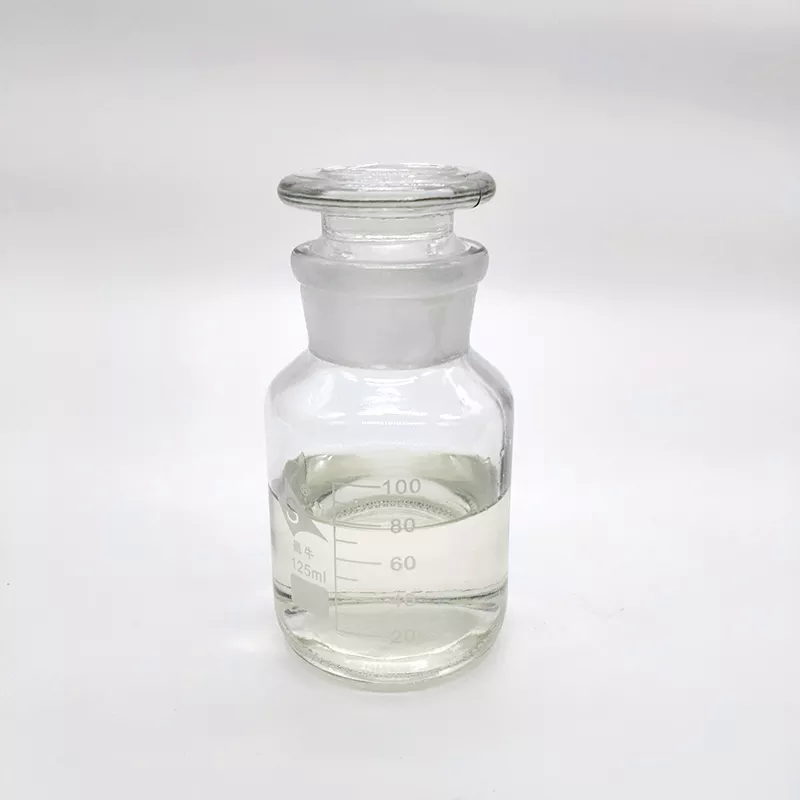 Ethanol 99%View Details
Ethanol 99%View Details -
 Ethanol 98%View Details
Ethanol 98%View Details -
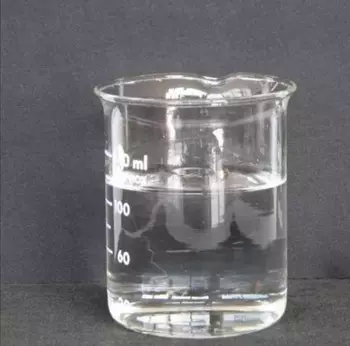 Ethanol 64-17-5 99%View Details
Ethanol 64-17-5 99%View Details
64-17-5 -
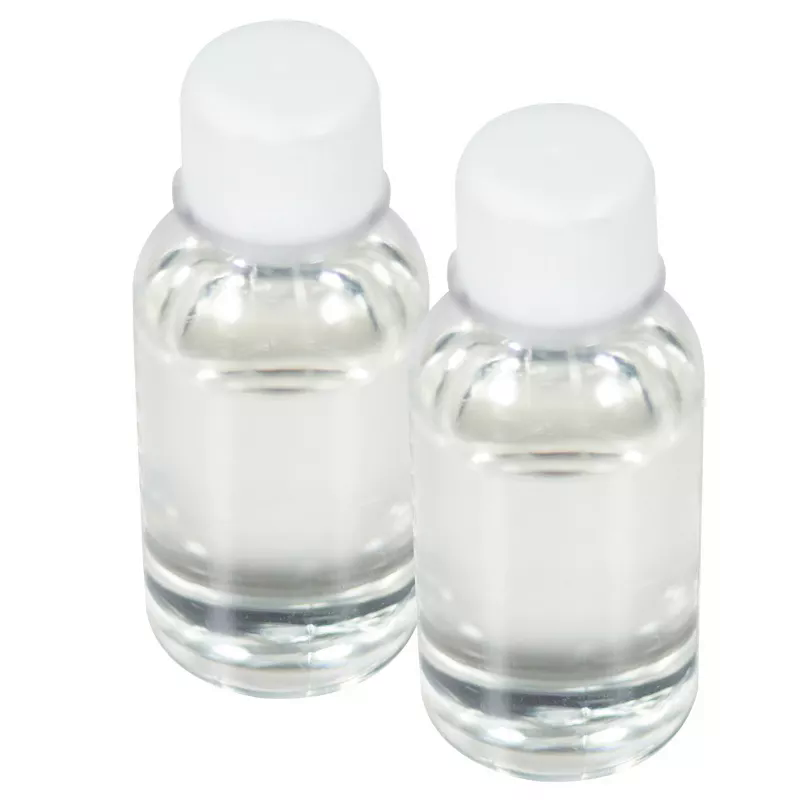 Ethanol 99%View Details
Ethanol 99%View Details
64-17-5 -
 Ethanol 98%View Details
Ethanol 98%View Details
64-17-5